This gorgeously dark and sticky fig and tamarind chutney deserves a place front and centre on any cheese or charcuterie board. It’s laced with sour tamarind, warming ginger and is a wonderful way to use of a glut of figs. Make a big batch when they’re in season and you’ve got holiday gifts sorted!
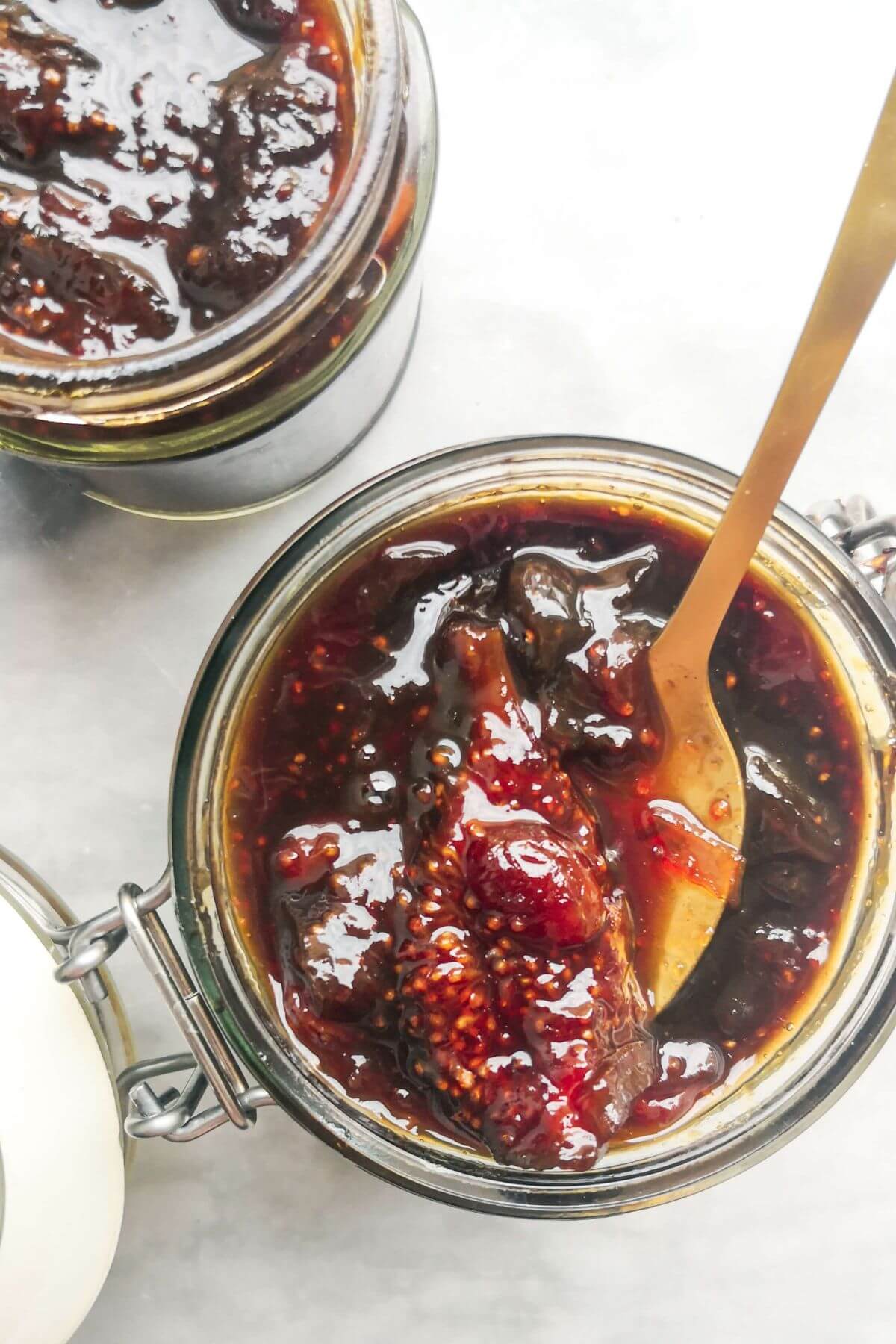
We have a HUGE fig tree in our garden and there are honestly hundreds on there. HUNDREDS!! I had to find a way to use them.
But I’ve never really used figs in cooking. They just weren’t something I ever really found growing up in New Zealand. So when I was faced with ALL THE FIGS I was at a bit of a loss. They go bad quickly and it felt like such a waste to leave them out there to rot away. Enter this sticky, sumptuous and incredibly addictive fig chutney.
I love chutney – I find it more versatile than jam (mainly because I can eat it with cheese) – so I decided the fate of my figs was to become a luscious, sticky chutney. Figs are naturally super sweet, so there’s not a huge amount of sugar in this recipe, relative to the weight of the figs. It’s also packed with tamarind, which if you’ve not used it before, is a gorgeously sour fruit most often used in South East Asian cooking. It works brilliantly with the sweet figs here and hits my favourite flavour combo (sweet, salty and sour).
The recipe is pretty hands-off – it’s just about waiting for the chutney to reduce on the stovetop.
Ingredients
Aside from the obvious figs, there are a couple of other key ingredients that go into this addictive chutney.
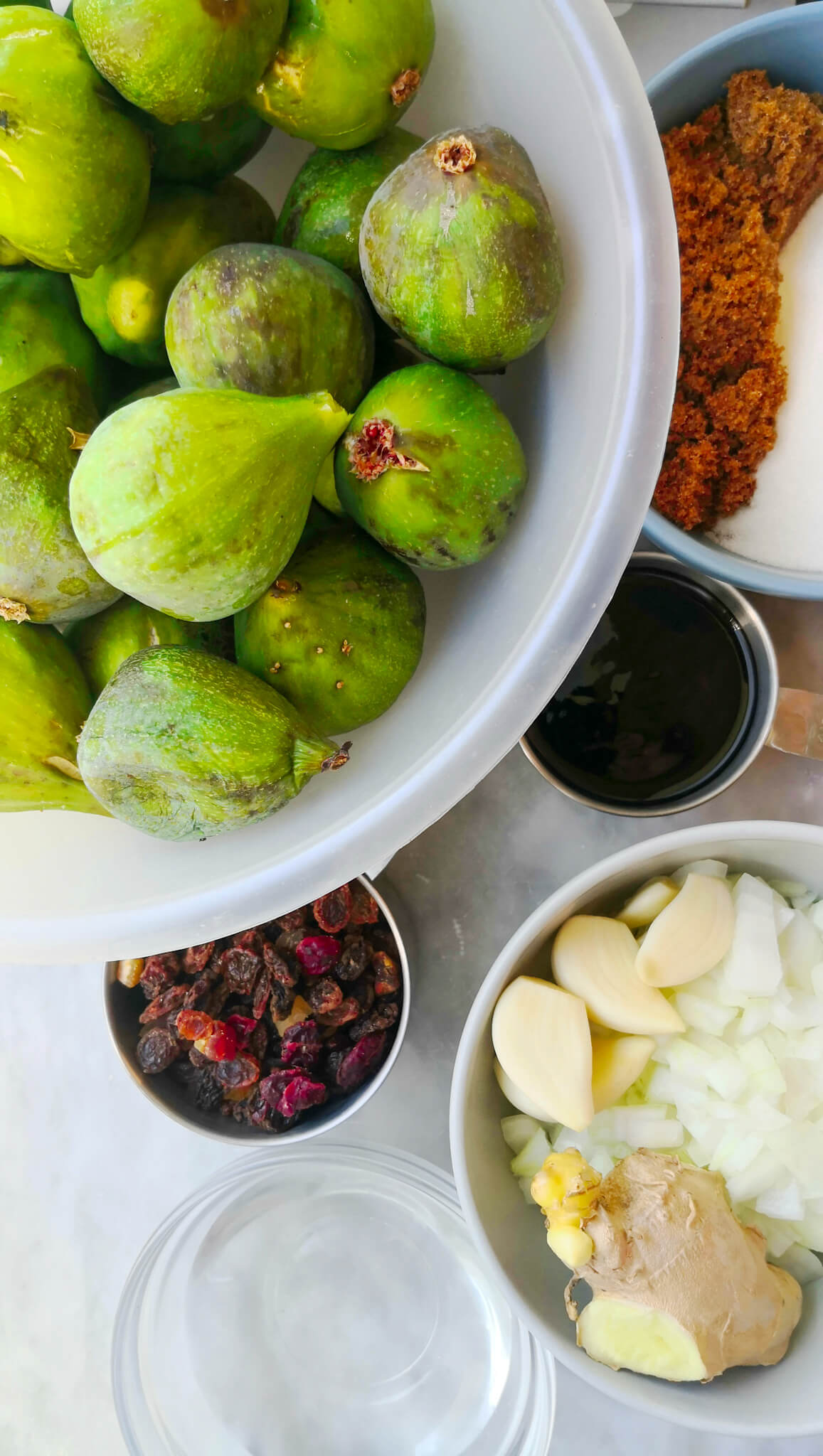
- Figs. This recipe uses 2kg/4lbs which I know is a lot, but the recipe is easily scaled down depending on how many you have.
- Tamarind. This one is key too. You can find this in a couple of ways – tamarind paste (which is in a jar), or you can buy dried tamarind blocks where you just cut off a bit and dissolve it in boiling water to make your paste. I’m using paste here, but I’ve included instructions on what to do if you’re using a block.
- Sugar. I’m using a mixture of dark brown sugar and white caster sugar – I LOVE the sticky, molasses-esque nature of the dark brown sugar, but you could switch it out for all white if that’s what you have. The colour won’t be quite as rich but it’ll still be delicious.
- Dried fruit. I’m using a mix of raisins, sultanas and cranberries, but you could just use raisins or sultanas (cranberries alone can be a little sweet).
- Rice vinegar. Use apple cider vinegar or white wine vinegar in place of this if you like.
- Ginger + garlic + onions. These three combine with the tamarind to give that lovely, sweet, salty, sour and savoury flavour. You could use ginger or garlic paste in place of fresh.
You’ll also need glass jars to store the chutney in, and they’ll need to be properly sterilised (I go into more detail on this further down the page, but it’s an easy process).
How to make it
Get all your ingredients into a large pot. I like to cut each fig into 6 long pieces so they hold their shape once cooked down. Finely dice the onions, and grate the garlic and ginger straight into the pot. It will look like a lot when it all goes in, but reduces in volume as you cook it. Give the ingredients a good stir to combine everything well, then set over low heat and bring to a simmer.
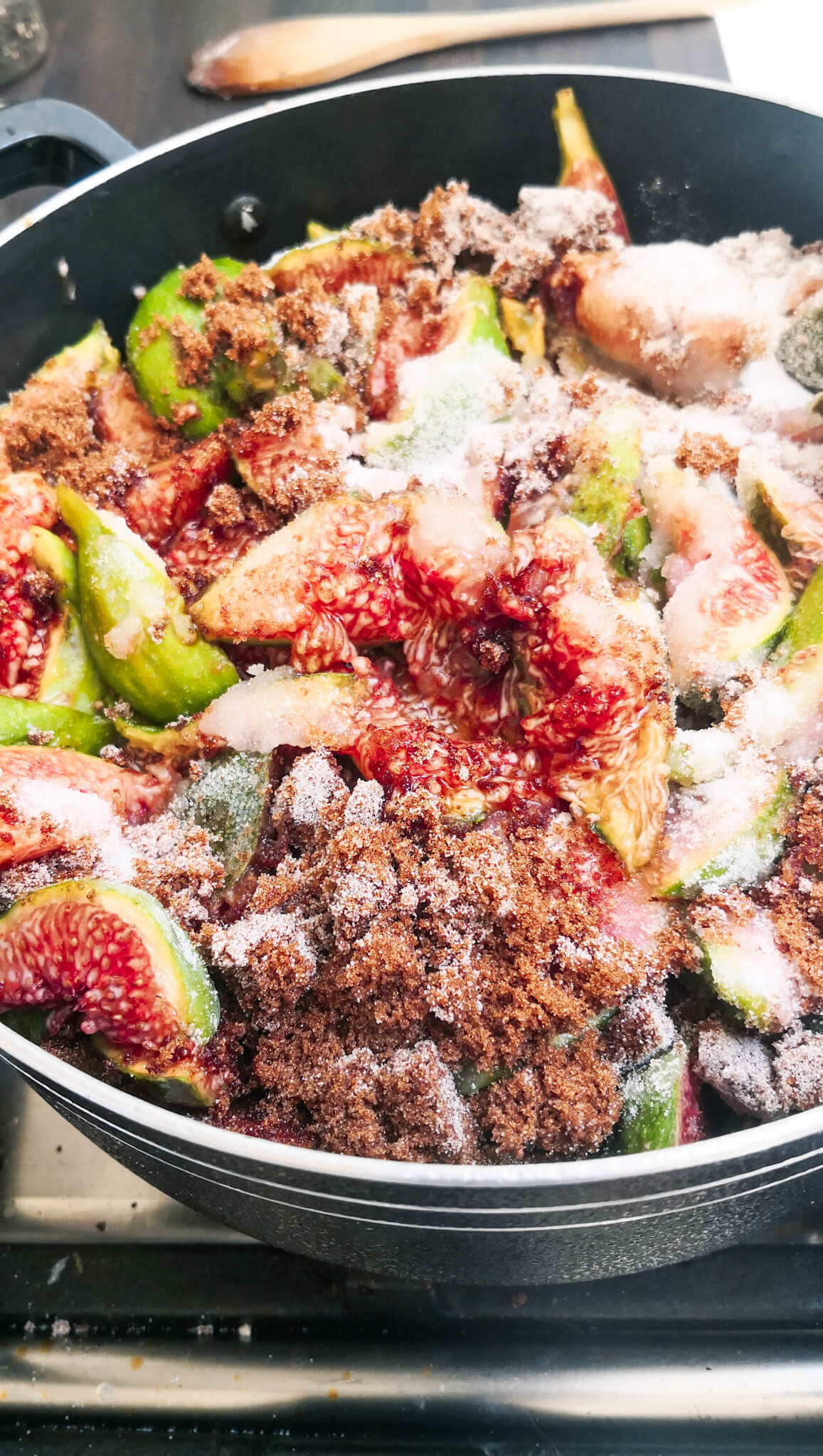
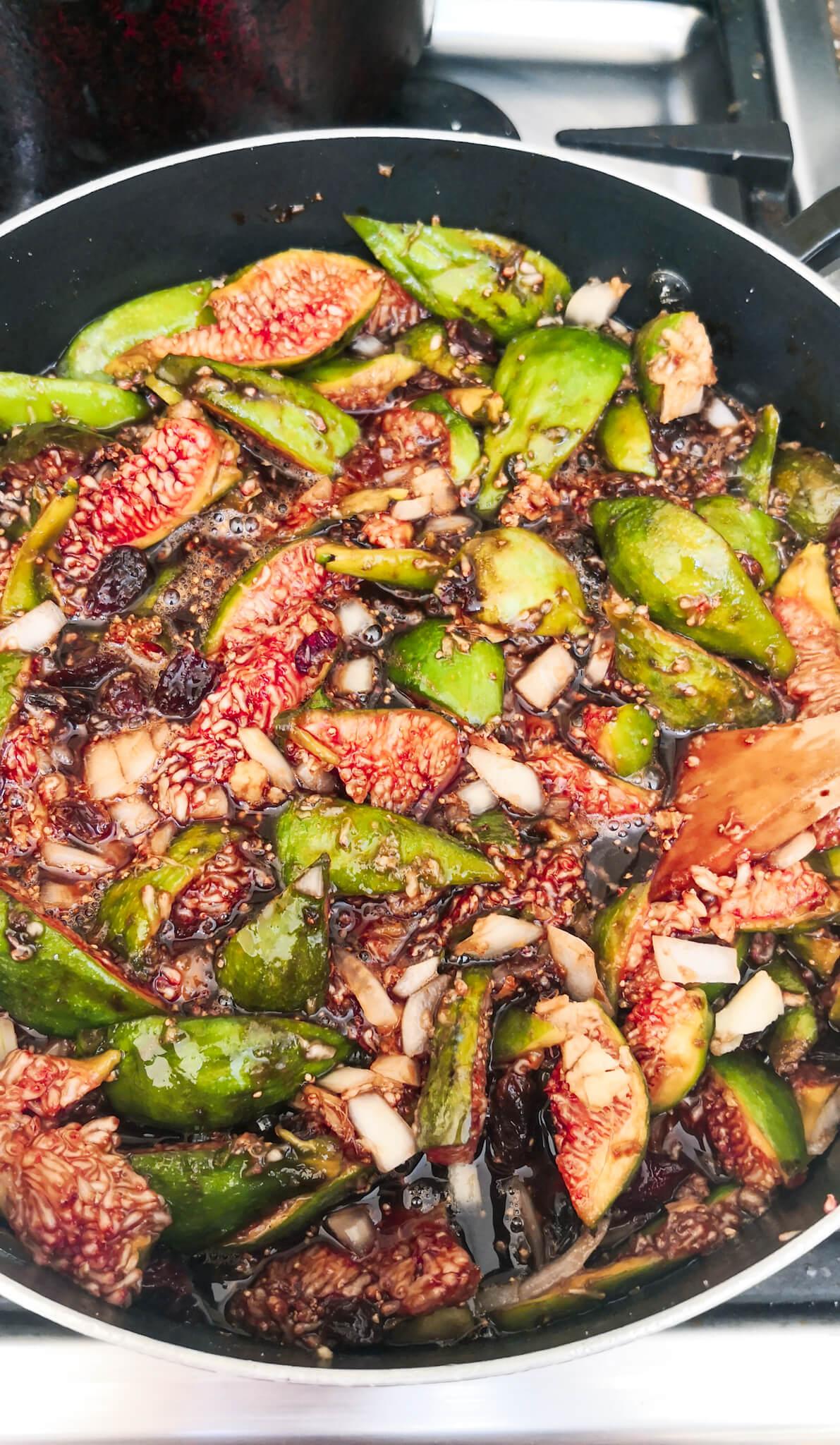
Continue to simmer the chutney over low heat, stirring occasionally, until it’s reduced in volume by about a third. It’ll start looking dark, sticky and glossy. This does take time – give it at least 1.5 hours. About an hour into simmering, get your jars sterilised and ready to go (I go into more detail on this below). Spoon the warm chutney into the warm sterilised jars then let sit for 15 minutes. Seal and store at room temperature for months.

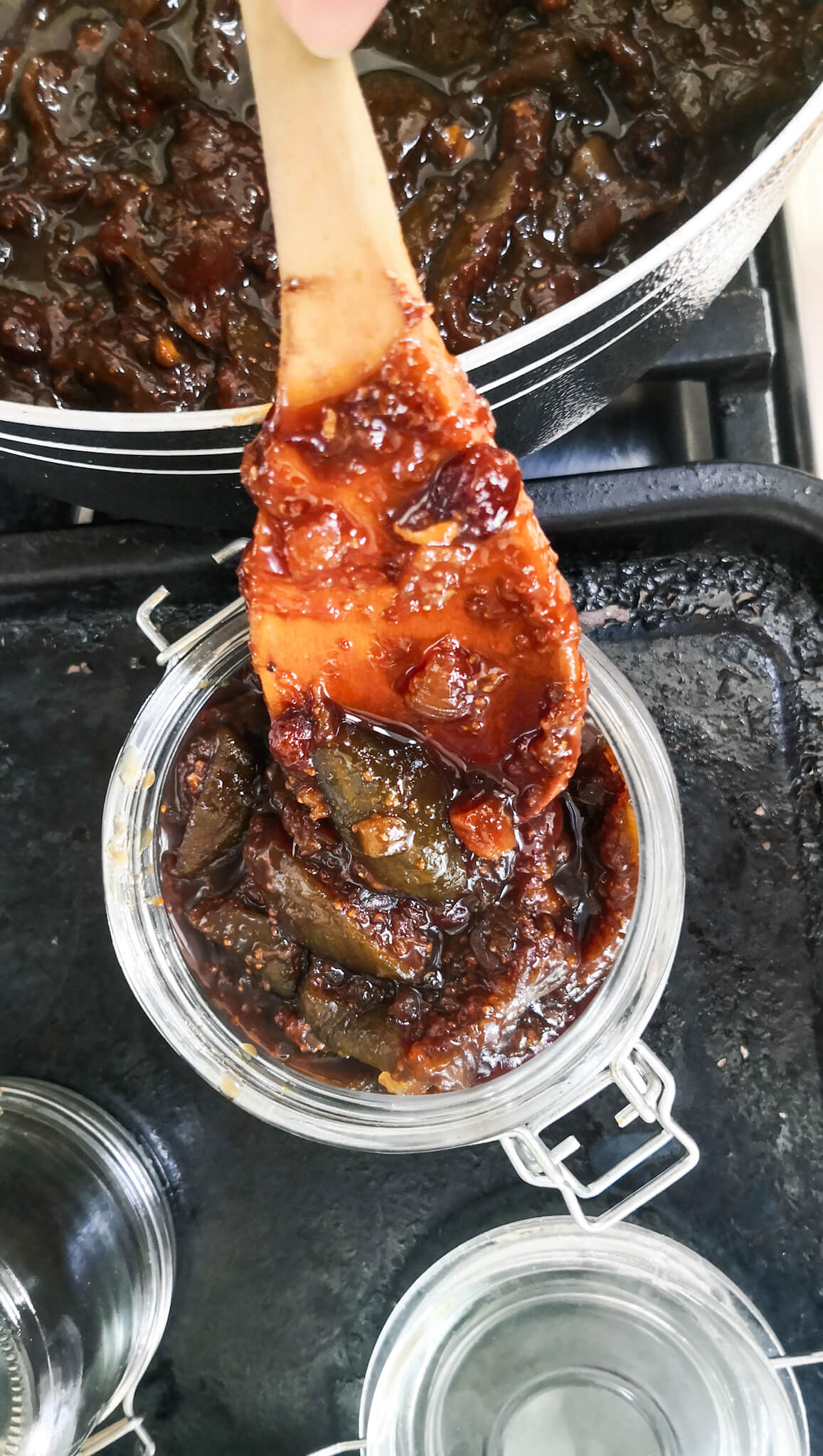
How to sterilise glass jars
When you’re making any kind of chutney, jam or preserve, it’s super important to properly sterilise your storage jars. You want to kill any potential bacteria so that whatever you’re making can be stored at room temperature without being contaminated and spoiling.
Luckily, this process is really simple.
- Start by heating your oven to 320F/160C fan and line an oven tray with baking paper. You want to add your finished chutney to the sterilised jars when they’re BOTH still warm. I find if I start to sterilise the jars about 30 minutes before the preserve is ready, that works well.
- Wash the jars – and lids – you want to sterilise in hot, soapy water. Then give them a rinse but don’t dry them. Pop them upside down on the lined oven tray. Put them in the hot oven for at least 20 minutes, then remove them one at a time when you need them. Let them cool slightly before filling it with your preserve.
REMEMBER: Glass reacts to extreme temperature changes, so never add hot ingredients to a cold jar, or hot ingredients to a cold jar. The glass could shatter, so be very careful.
PRO TIP: If your jars have rubber seals, make sure you remove them before you put them in the oven.
I have a whole post about how to sterilise glass jars that goes into more detail on this process and why it’s so important, so have a look at that if you’d like some more information.
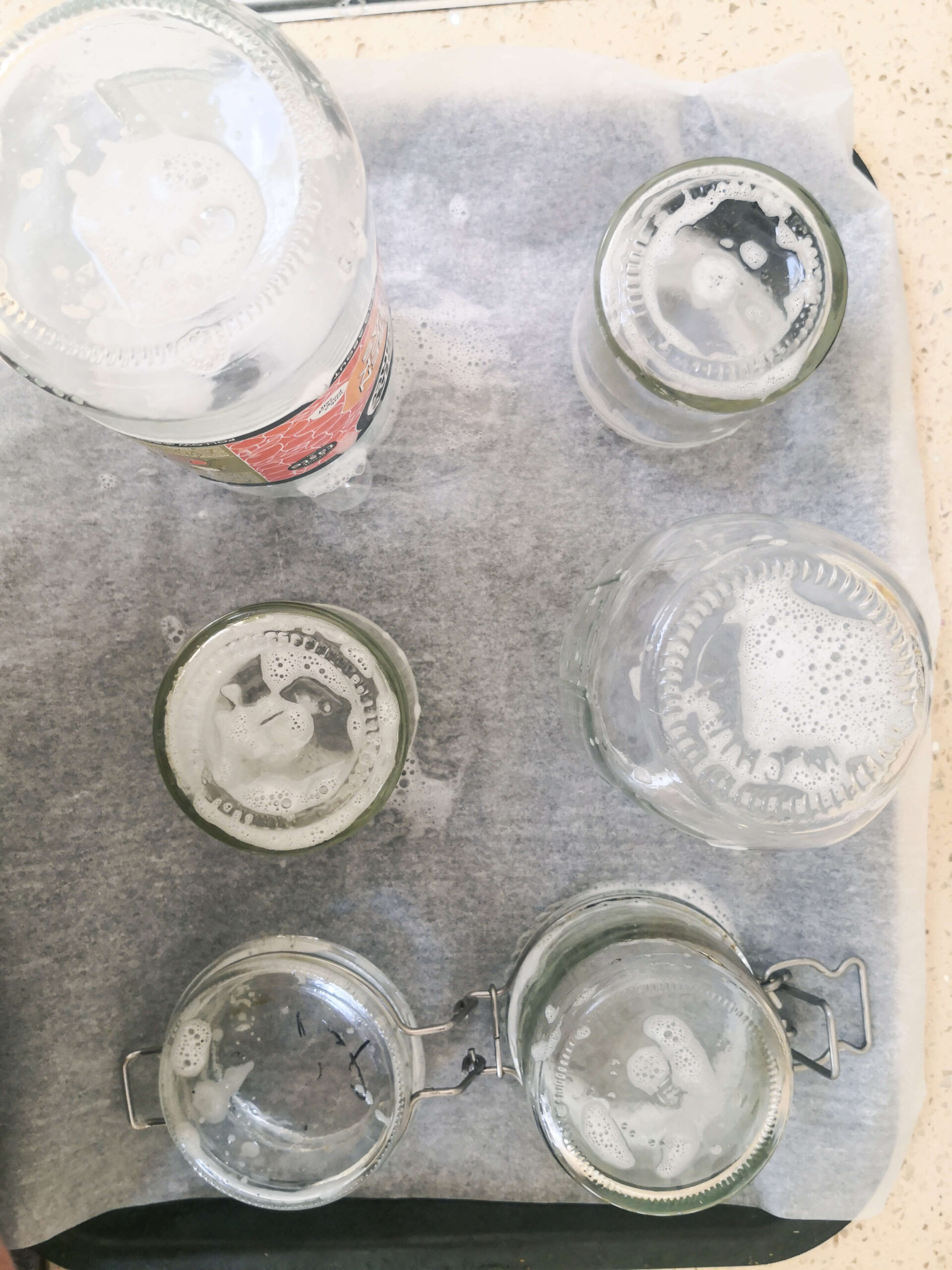
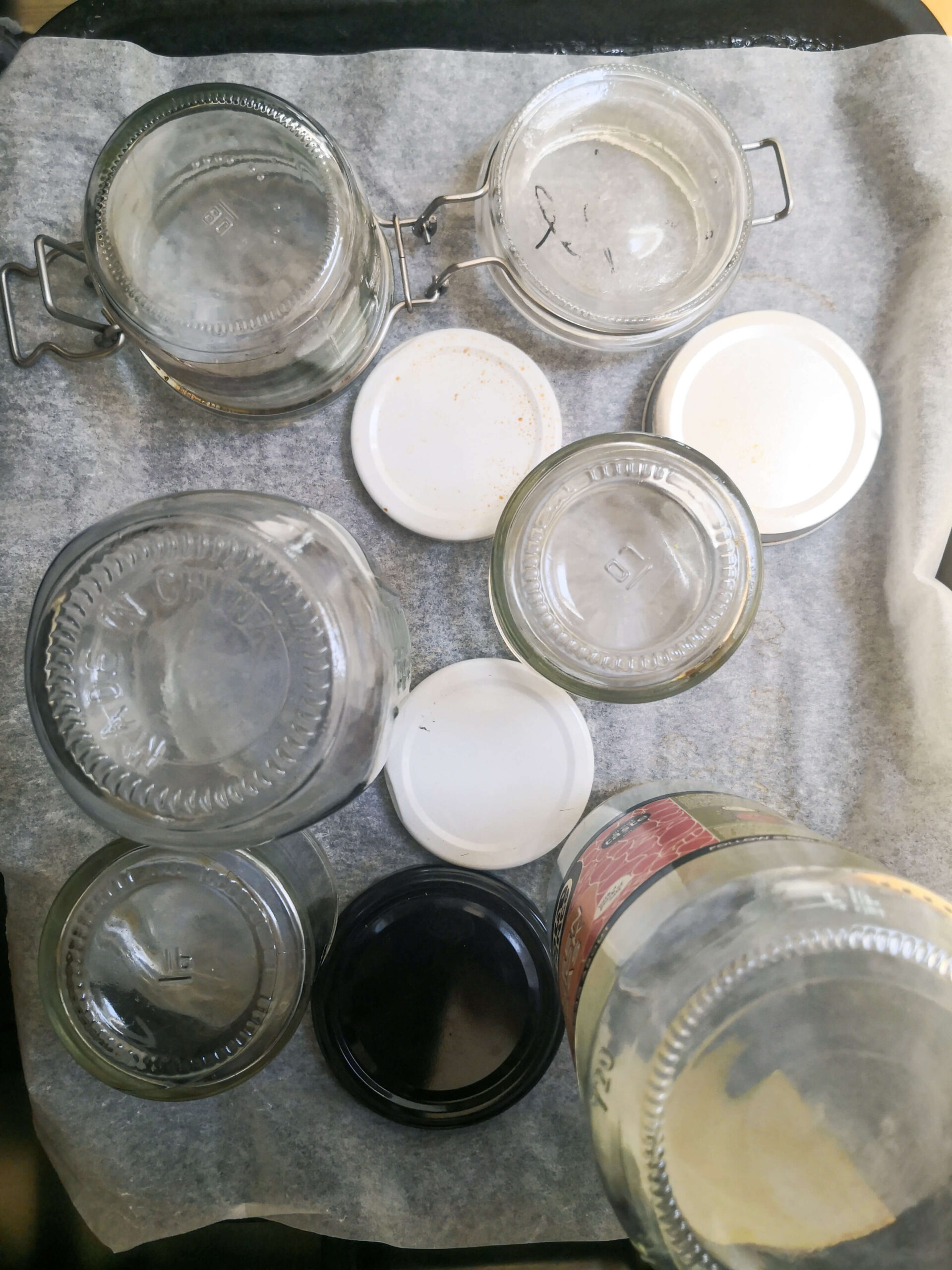
Got a question?
Truly, months. It’s super shelf-stable and that’s why it makes a wonderful gift. I love making a big batch and jarring the chutney up during fig season, ready to gift later in the year.
It will freeze well – just transfer it to sealable containers.
There’s no need to peel them – the skin is edible so just chop them and use them straight away.
There are a couple of things you can do here. The easiest is to replace the tamarind with pomegranate molasses (but if you can’t find tamarind it might be tricky to find this). You can also make a mix of 2 tablespoons of Worcestershire sauce, 2 tablespoons of lemon juice, 2 tablespoons of water, 2 tablespoons of brown sugar and 1/4 cup of tomato paste. Or you can just add a little more rice vinegar and lime juice to the recipe – add 50ml extra rice vinegar and 1/4 cup of lime juice.
There’s so much you can do with it, but here are some of my favourites. Spoon into a grilled cheese toasted sandwich, dollop on top of flatbreads or wraps with blue cheese and prosciutto, mix with feta or goat’s cheese and stuff into chicken thighs or use with any cheese or charcuterie board! It’s also great in this festive tear and share puff pastry Christmas tree, or mini puff pastry Christmas trees, as part of a butter board, or dolloped on top of baked camembert or brie.
If you like this recipe, here are some others you might enjoy
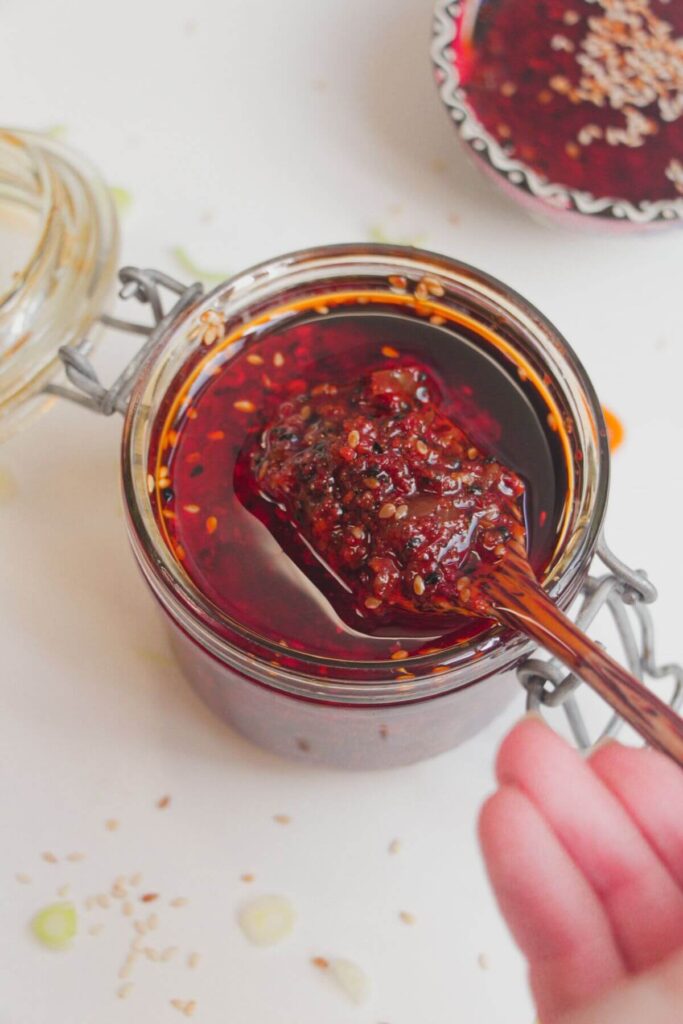



If you make this recipe, I’d love to hear from you! You can leave me a comment below.
Print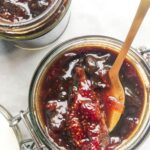
Fig and Tamarind Chutney
- Total Time: 1 hour 40 minutes
- Yield: 3 large jars 1x
- Diet: Vegetarian
Description
This gorgeously dark and sticky fig and tamarind chutney deserves a place front and centre on any cheese or charcuterie board. It’s laced with sour tamarind, warming ginger and is a wonderful way to use of a glut of figs.
Make a big batch when they’re in season and you’ve got holiday gifts sorted!
Ingredients
- 4lb/2kg fresh figs
- 200g dark brown sugar
- 200g caster sugar
- 50g fresh ginger, grated (or use ginger paste)
- 5 garlic cloves, grated or crushed
- 2 large white or yellow onions, diced
- 70g tamarind paste (if you’re using a dried tamarind block, cut off 50g and dissolve it in 1/2 cup boiling water. Discard the seeds before using)
- 150ml apple cider vinegar (or white wine vinegar or rice vinegar)
- 70g sultanas or raisins
- 2 teaspoons salt
Instructions
- Prepare the figs. I like to chop them into six pieces, so I chop them in half lengthways, then cut each half into 3 long slices. They’ll break up and soften as the chutney cooks, so I prefer starting with them quite chunky so you can see what they actually are in the chutney when it’s finished.
- Combine the ingredients. Add the chopped figs, 150g dark brown sugar, 200g caster sugar, 50g grated ginger, 5 grated garlic cloves, 2 diced onions, 70g tamarind paste, 150ml apple cider vinegar, 70g sultanas and 2 teaspoons of salt into a large pot and set it on the stove top. Give everything a good mix, then turn the heat to low. Bring to a simmer, then cook, stirring occasionally, for 1.5 hours, until the chutney has reduced by about ⅓. It’ll be looking dark, thick, sticky and smelling GLORIOUS.
- Sterilise your jars. I like to do this about an hour into the cooking process, so that the jars are warm when the chutney is ready. It’s crucial to sterilise your jars if you’re wanting to keep the chutney at room temperature for a long period of time. I have a full guide that shows you how to sterilise jars and why it’s important, but it’s a simple job. Set your oven on 160C fan, then wash the jars and lids you want to use in soapy water. Give them a rinse but don’t dry them. Set them upside down on a baking paper lined oven tray and then put them in the oven for at least 20 minutes (remove any rubber seals from the jars first). Leave them in there with the oven turned off until you’re ready to use them. REMEMBER: Glass reacts to extreme temperature changes so never add hot food to cold jars, or cold food to hot jars. The glass may shatter, which not only is dangerous, but it makes a big mess and you’ll waste all your chutney. Make sure the contents and the jars are a similar temperature.
- Transfer the chutney into the jars. Once the chutney is looking dark and sticky, it’s done! Carefully spoon the chutney into the prepared jars (or use a funnel if you’re clever enough to have one). Leave the chutney sitting in the jars for about 15 minutes before sealing with the lids. Make sure to leave a small gap at the top of the jar as you do this.
Notes
The chutney will keep for months at room temperature when stored in sterilised jars.
It’s fabulous with cheese and charcuterie boards, in a grilled cheese toasted sandwich, dolloped on top of pizza or flatbreads (I love it with prosciutto and blue cheese for an elite sweet and salty flavour pairing) or stuffed into chicken thighs with goats cheese.
The chutney also makes a wonderful gift and is perfect for Christmas. Just include storage instructions with your gift.
- Prep Time: 10
- Cook Time: 90
- Category: sauces
- Method: stove
- Cuisine: american
Nutrition
- Serving Size: 2 tablespoons
Keywords: best fig relish, fig chutney, christmas chutney



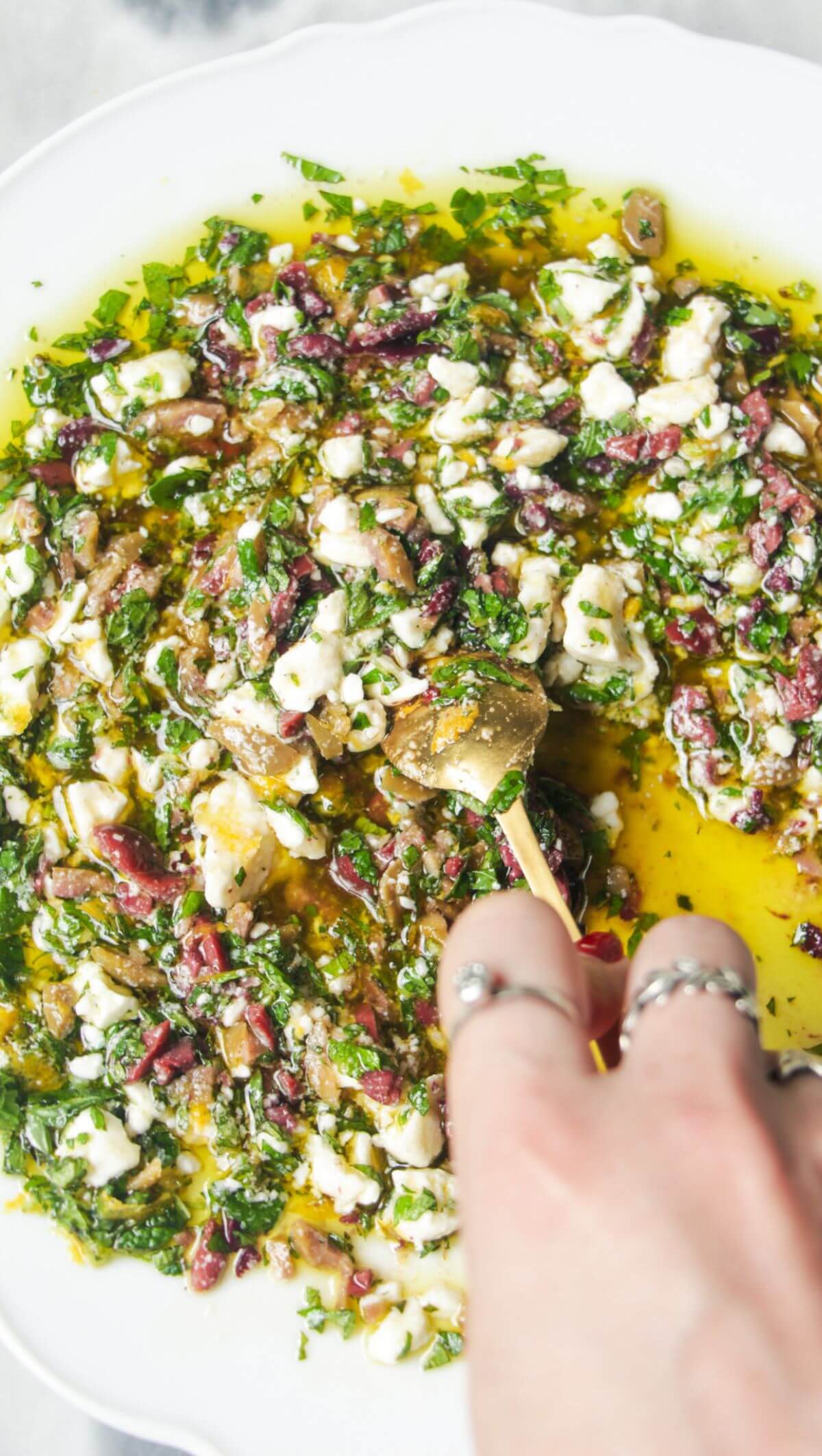
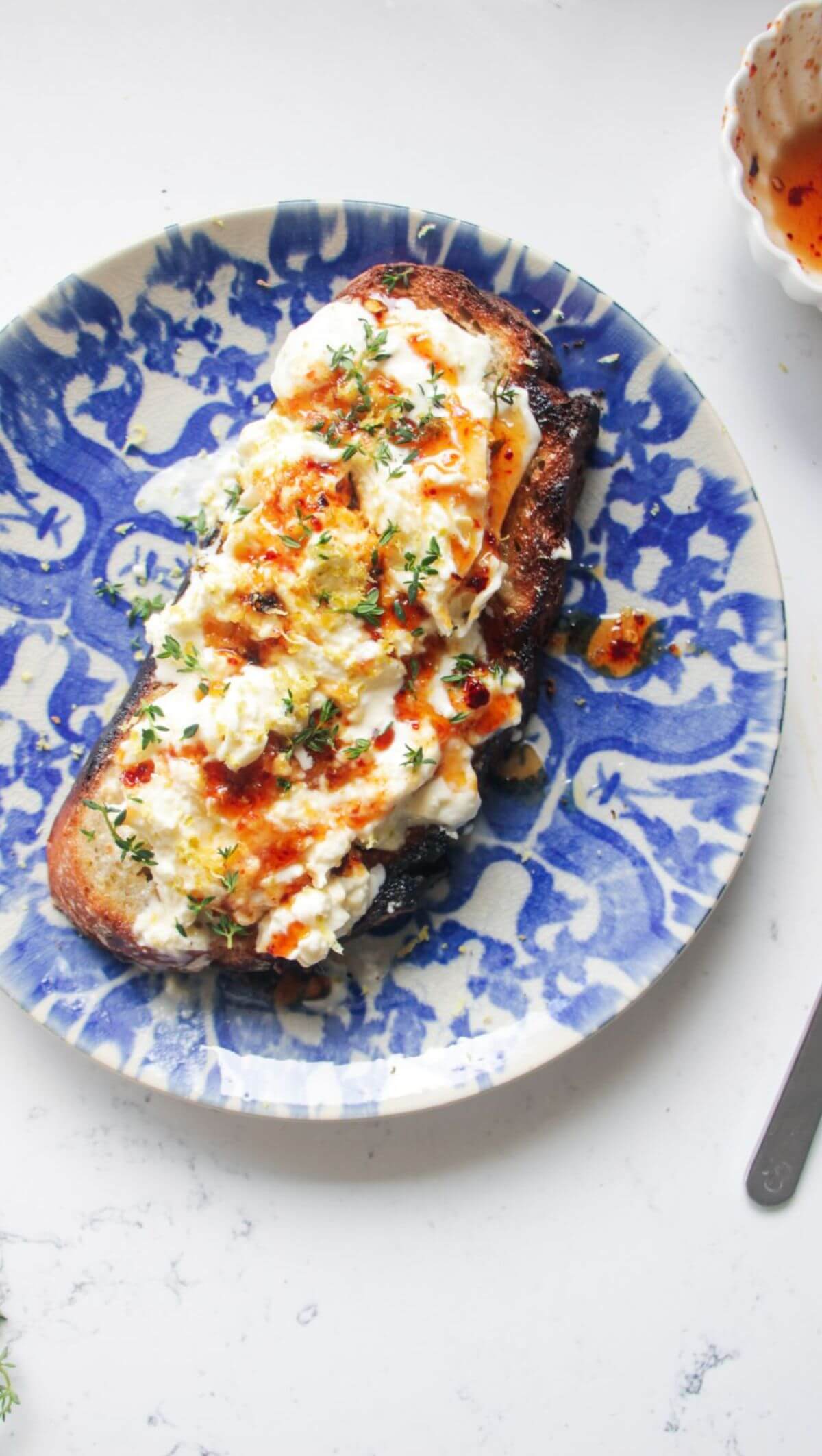
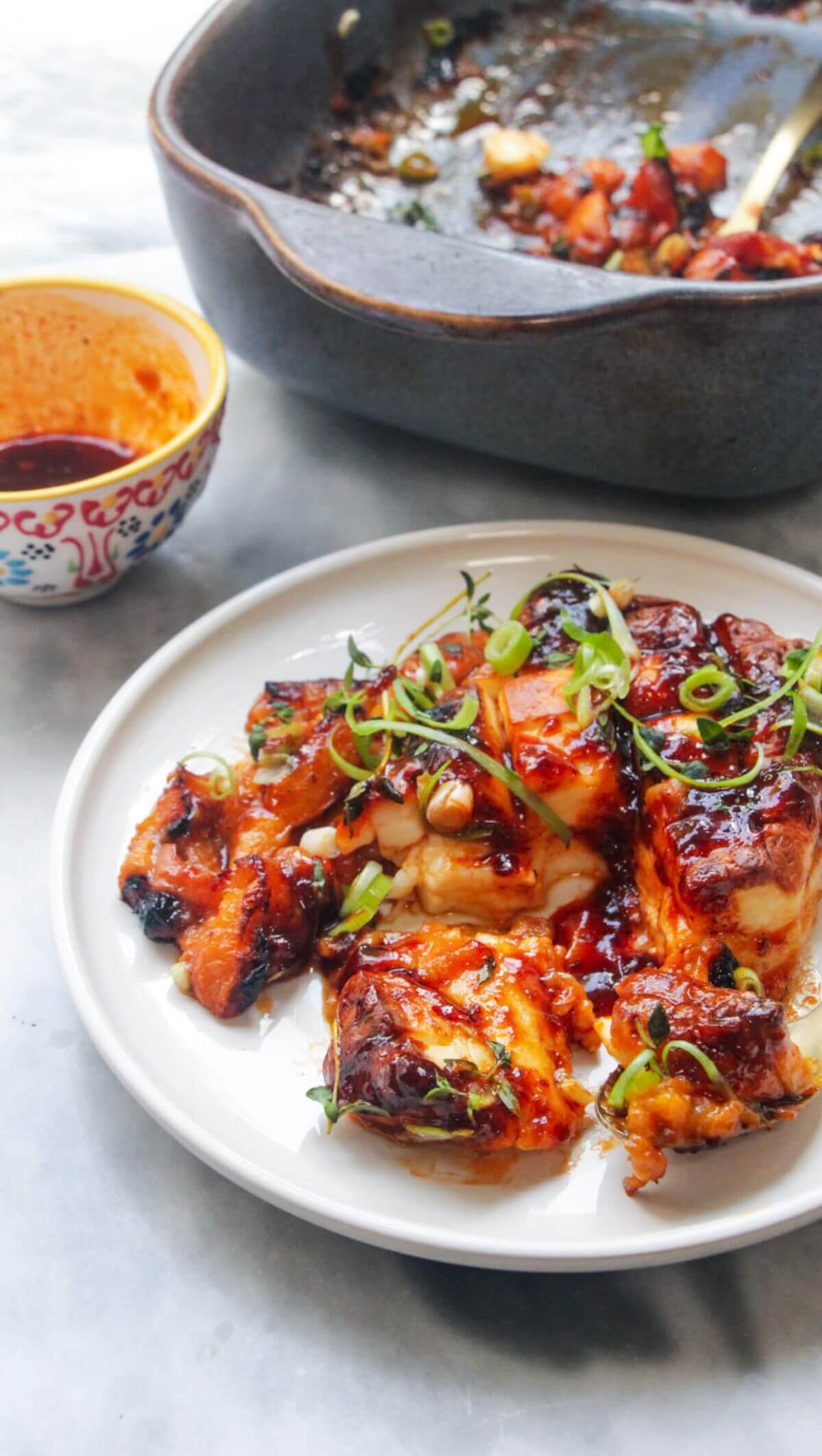



0 Comments